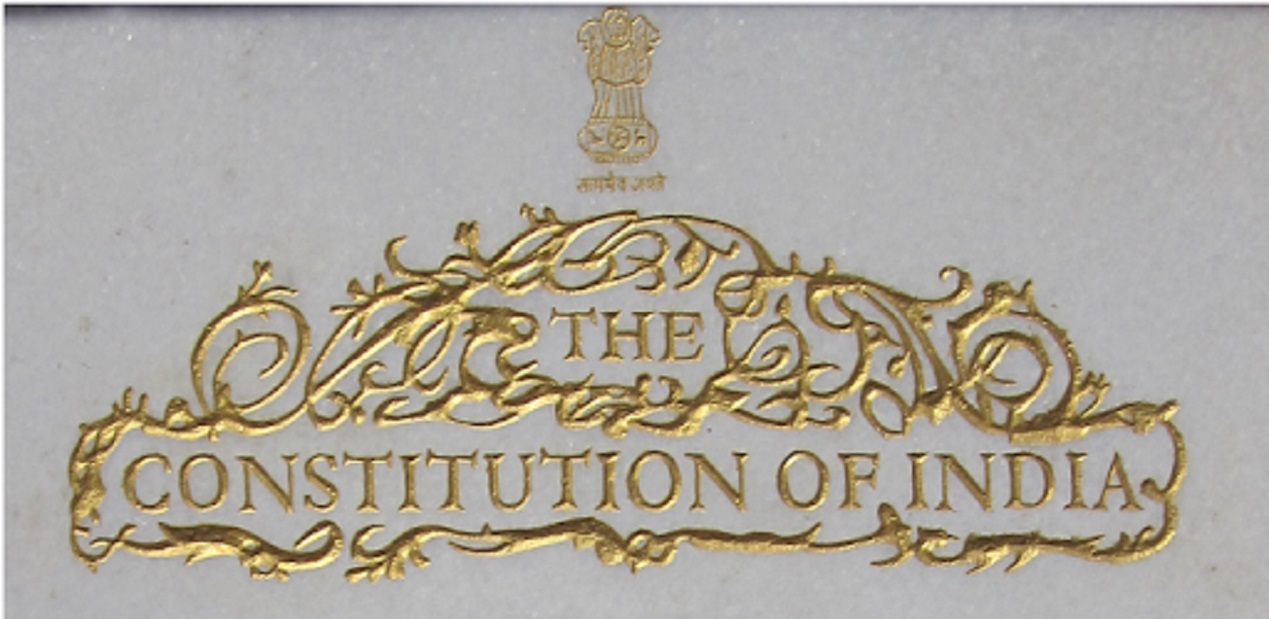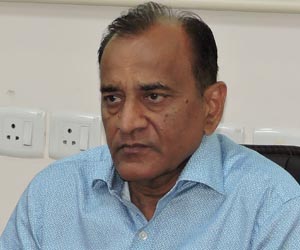The issue of India’s federal nature has been both a subject of reiteration and conflict between the ruling party and the opposition. There have been instances when the opposition parties accused the Centre of violating the federal spirit through political and economic means, and there have been cases when the Centre alleged that the State regimes did not adhere to it. A Chief Minister refusing to take a call from the Prime Minister, another Chief Minister blocking a central probe agency from functioning in his State, the use of (or the threat to invoke) Article 356 by the Centre — these have all been instances where conflict between the Centre and the States on federalism, over the years, broke out. There is no doubt that every political party and politician swears by the spirit of federalism, and terms such as ‘competitive federalism’ and ‘cooperative federalism’ are in fashion. The Constitution of India may have provided for the federal spirit which everyone holds dear, but is it truly federal in nature? Is India a ‘federation of States’? The answer is in the negative. If anything, India is a unitary nation having a strong Centre, with certain powers relegated to the States.
The Constitution of India gives primacy to the word, ‘Union’, and not ‘federation’. Part 1 of the Constitution is titled, ‘The Union and its Territory’, and Article 1 therein states, “India, that is Bharat, shall be a Union of States”. The fact that Clause (1) explains Union of States as a “federal union” does not take away from the underlying importance of the Union. Part XI of the Constitution deals with ‘Relationship Between the Union and the States’; it doesn’t say ‘Relationship with the Federation and the States’. Chapter two therein lays down, inter alia, ‘Obligation of States and the Union’, ‘Control of the Union over States in Certain Cases’, ‘Jurisdiction of the Union in Relation to Territories Outside India’. Nowhere is the term ‘federation’ used. There are several such examples. The highest court of the land is not called the Federal Court of India, but the Supreme Court of India.
In the nature of a unitary state, India is governed by a common penal code (with the exception of Jammu & Kashmir, which has its own penal code). In the US, which is a federation of States, different States have different laws — some States have capital punishment, others don’t; some states have legalised gay relationships, others haven’t to that extent. This is not case with India. The framers of the Constitution were clear in their minds — that India would have a strong Centre and the States would have relatively limited powers.
The Constitution of India, with its emphasis on ‘Union’, was adopted by the Constituent Assembly after marathon deliberations, on November 26, 1949, and formally signed by the members of the Assembly on January 24, 1950; it came into force two days later. The Constituent Assembly of India first met on December 9, 1946, and continued till January 24, 1950, during which it also conducted the historic task of drafting the Constitution. Once the Constitution came into force, the Constituent Assembly ceased to exist, transforming itself into a Provisional Parliament; a regular Parliament was constituted in 1952. But before the Constitution came into being, and even before the draft Constitution was taken up for consideration, members of the Constituent Assembly had deliberated long and hard on the constitutional roadmap for a free India, and the issue of India being a unitary/federal state too came up.
On December 13, 1946 (the fifth day of the first session of the Constituent Assembly), with the Assembly Chairman Rajendra Prasad in the chair, Jawaharlal Nehru moved an eight-point resolution in the House. Among other things, the resolution stated the following: “This Constituent Assembly declares its firm and solemn resolve to proclaim India as an Independent Sovereign Republic and to draw up for her future governance, a Constitution”; and, “Wherein the territories that now comprise British India, the territories that now form the Indian States, and such other parts of India as are outside British India and the States well as such other territories as are willing to be constituted into the Independent Sovereign India, shall be a Union of them all.”
Nehru remarked that the resolution was in the “nature of a pledge” and had been drafted after “mature deliberation and effort” to avoid controversy — He said the word ‘democratic’ had not been added because it was ingrained in the meaning of a Republic, and that ‘Socialist’ too had been left out because some members could have objected to it, though he was personally in full support of Socialism. He added that the resolution was “an undertaking with ourselves and with the millions of our brothers and sisters who live in this great country”.
It was left to B.R. Ambedkar to focus on the term ‘Union’ in the resolution. In his speech, delivered on December 17, 1946, on the resolution in the Constituent Assembly, Ambedkar said, “I am personally concerned… I like a strong united India, much stronger than the Centre we had created under the Government of India Act of 1935.” He pointed out that the Congress had some time ago, abandoned the concept of a strong Centre. He was unambiguous in his criticism: “The Congress Party, for reasons best known to itself, consented, if I may use that expression, to the dismantling of a strong Centre which had been created in this country as a result of 150 years of administration and which, I must say, was to me a matter of great admiration and respect and refuge..” He then asked: “Why did not the mover of this resolution make reference to the idea of a Union of Provinces or grouping of Provinces on the terms on which he and his party were prepared to accept it? Why is the idea of a Union completely effaced from this resolution?” Ambedkar was referring to the grouping of Provinces which the Congress had agreed to, and which he had opposed; he mentioned during his speech earlier on that he never did “like the idea of grouping”, but now that it had been done, it ought to have reflected in Nehru’s resolution.
These deliberations had happened in the run-up to Independence, and although Nehru had stated that the resolution was not an attempt to influence the framing of the Constitution in any way, it had certainly flagged issues such as that of unitary versus federal, or a mix of the two with the balance in the former’s favour. On November 4, 1948, months after India had gained independence, Ambedkar moved a Motion in the Constituent Assembly, introducing the Draft Constitution. He said, “… I move the Draft Constitution as settled by the Drafting Committee and move that it be taken into consideration.” The drafting panel had been appointed by a resolution passed by the Constituent Assembly on August 29, 1947. The distinguishing feature of Ambedkar’s speech in the course of introducing the Draft Constitution was his repeated emphasis on a mix of unitary and federalism, and the need to keep the rigidity, or non-flexibility of functions, that a federal system suffers from. While, interestingly, he used the phrase, “Indian federalism”, in the course of his speech, Ambedkar admitted that federalism being a “dual polity” based on divided authority, could lead to a diversity of laws which, beyond a point, “is capable of producing chaos and has produced chaos in many federal states”. He, thus, said, that the Draft Constitution had used three means to “maintain the unity of the country” — a single judiciary, uniformity in fundamental laws (civil and criminal), and, a common All India Civil Service. During his address, Ambedkar repeatedly referred to the federal system in the US which, he held, would not be suitable for India.
The Draft Constitution was discussed in depth, with several members of the Constituent Assembly lauding Ambedkar’s emphasis on a strong Centre and his opposition to the federal set-up that countries such as the US have. Professor Shibban Lal Saksena of the United Provinces, for instance, backed him completely, stating: “No matter what we say about the fundamentals of the culture of our peoples in different Provinces being the same, we a heterogeneous people; and taking advantage of the situation that the British have gone, there are all kinds of disruptive elements trying to raise their heads, and therefore it is essential that the Centre must be strong…” This apprehension holds good today.
The Draft Constitution was not just discussed threadbare but several amendments were suggested and accepted. In the end, the concept of a strong Centre with residual powers to States, prevailed. India became a Union of States and not a federation of States — a Union which contains the spirit of federalism but not the fissiparousness that a federation could unleash in the special Indian conditions.
(The writer is an author, senior political commentator and public affairs analyst)
Image Source: https://lh3.googleusercontent.com/nLYWKKCNVyxsM8geOr659fATxmoTOBMZ62VkA6XiEfhe72aJRZ6jabZ2izxpQiygWK0











Post new comment